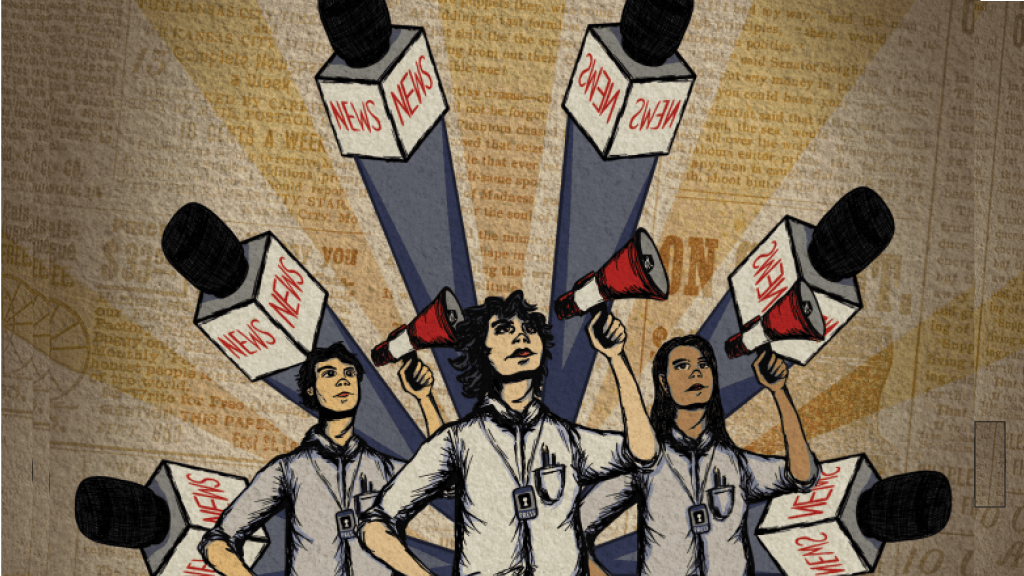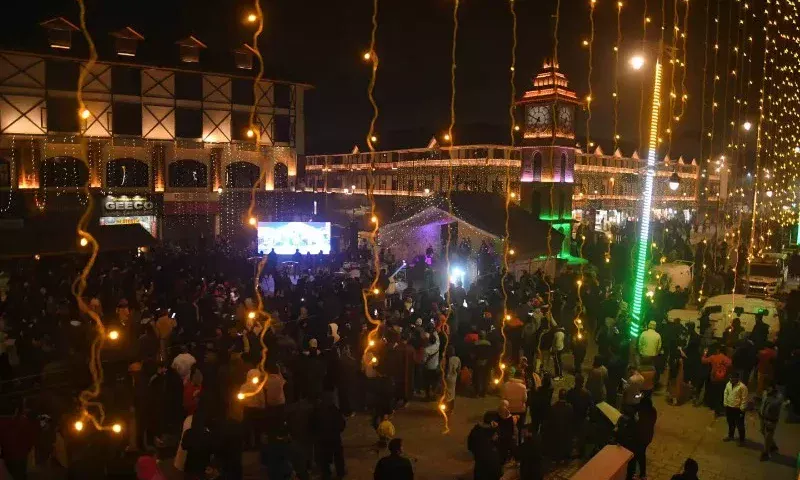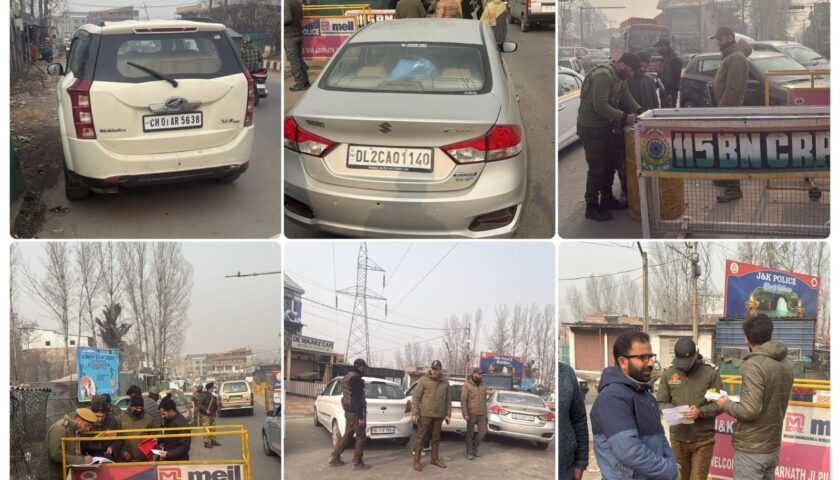When Natural Disasters Meet Media Disasters
By: Javid Amin | 04 Sep 2025
In Kashmir, floods, landslides, and earthquakes are grimly familiar. But the latest close call in Srinagar exposed another threat: the flood of misinformation and theatrics disguised as journalism.
Instead of verified alerts, people were drowned in sensational hashtags, shouting reporters, and influencers livestreaming chaos without accountability.
The result? Confusion, distrust, and unnecessary panic in a city that needed calm, not chaos.
When Journalism Becomes Theatre
Traditionally, journalists act as guides in the storm—helping communities navigate danger with facts and clarity. But today, too many voices have traded verification for virality.
-
Influencers livestream every rumor for clicks.
-
Mike-wielding reporters shout into cameras, dramatising every raindrop.
-
Sensational thumbnails scream “BREAKING FLOOD!” even before facts are checked.
This isn’t journalism. It’s disaster cosplay—performance over purpose.
Panic vs Preparedness
The irony is painful: while families filled sandbags and evacuated homes, certain media personalities filled timelines with fear-mongering.
The costs were real:
-
Overcrowded shelters as fake alerts spread.
-
Distrust in real warnings because of false alarms.
-
Anxiety and rumor chains about dam breaches and earthquake aftershocks.
In fragile geographies like Kashmir, panic isn’t a byproduct. It’s a force multiplier of disaster.
Srinagar’s Narrow Escape
On September 3, Srinagar barely avoided another 2014-like catastrophe. The Jhelum swelled, drains overflowed, and embankments groaned under pressure.
Had the rains lasted longer, the city would have drowned. Instead, the waters receded—leaving behind not just soaked streets, but serious questions:
-
Were flood channels unclogged?
-
Were evacuation drills rehearsed?
-
Were relief centers prepared?
And most importantly: did the public receive information that helped them, or information that frightened them?
What Needs to Change: Building Information Hygiene
Kashmir doesn’t just need flood management. It needs information management.
1. Media Ethics Training
Workshops for reporters and influencers on disaster communication. Journalism schools in Kashmir must include crisis reporting ethics in their curriculum.
2. Verified Alert Systems
Clear disaster communication channels (SMS, radio, local TV tickers) to ensure people know where to go, what to do, and what to ignore.
3. Fact-Checking Coalitions
Regional newsrooms must collaborate on real-time fact checks during emergencies to cut through the noise.
4. Community Education
Public awareness campaigns: How to spot fake news? Who to trust during disasters?
Journalism Is Not a Megaphone—It’s a Mirror
True journalism reflects reality; it doesn’t distort or dramatize it. In Kashmir, where every rainstorm awakens the ghosts of 2014, irresponsible reporting can become as deadly as rising rivers.
-
Panic ≠ Passion.
-
Shouting ≠ Reporting.
-
Virality ≠ Truth.
Kashmir needs calm, credible, compassionate journalism—because in times of disaster, information saves lives just as much as sandbags and embankments.




